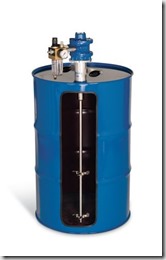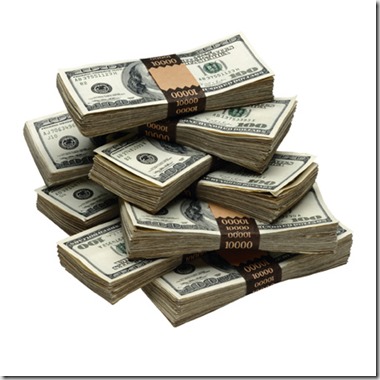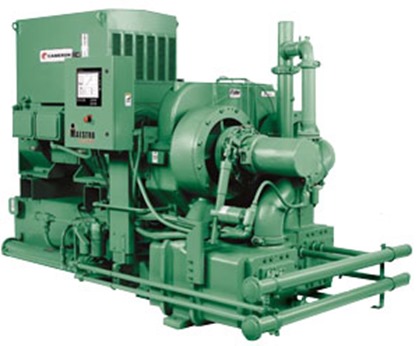Almost everyone who works in a plant around compressed air has heard the term “Air Audit”. And if you’re in a position to talk to sales people I’m sure nearly every one has discussed an air audit for your plant. Supposed air audit professionals are everywhere and prices for such a service range from FREE to thousands of dollars. So how is an end user to decide which company to select to evaluate their compressed air system?
I was recently in a meeting with a paper mill to discuss new local controls for their centrifugal compressors. This particular plant knew that the local controls were antiquated and if any of the components failed there was nowhere to purchase spare parts. Also, the plant had recently paid to have an air audit performed at their facility to determine applicable steps that could be taken to increase the efficiency of the compressed air system.
After going through our sales presentation on our proposed local controls, the plant personnel brought up the topic of a new compressor. We of course stated we would be glad to discuss a new compressor and at the time even had a great deal on an inventory unit.
However, we also brought up that according to other plant personnel, the audit didn’t call for a new compressor so we were slightly confused.
They stated they were not 100% on board with the audit findings and still felt one additional compressor at the same size range as their current units would put them in a better position.
As we progressed through our conversation, we asked if they had pressure reducing valves in the plant for any of their steam systems. We were told they did and we subsequently discussed steam pressures from the boilers, the steam usage pressures and amount of available steam.
From our preliminary conversations it appeared they had enough steam to drive a decent size centrifugal compressor so we tossed the idea out of running the new compressor via a steam turbine drive which basically provides them with free compressed air. We simply use a steam turbine as a PRV in the plant.
They thought this was a fabulous idea and were thrilled we brought up the idea. Again, somewhat confused, we asked if the audit they had just paid for discussed steam turbine driven compressors and they replied “No” , they had never heard of this.
Obviously, I’m not going to state who the original audit company was but at the end of the meeting the plant personnel told us they would like to hire our auditing division to come on site to do another air audit. By this point they had zero confidence in the audit for which they had just written a check.
It pains me to think that any company (or individual) has just paid for something from which they receive no benefit.
Now back to the original question, how does a company determine who to hire for an air audit. I can’t honestly give you a complete answer but I have a few suggestions.
Like so many things – you get what you pay for. If you take a company up on a free air audit you should expect primarily a sales pitch for a report
Review sample reports – even the best audit is worthless if you can’t understand the report and/or it doesn’t give you valuable information.
The report should have clear, concise progressive steps to be taken to achieve the most reliable, efficient compressed air system. Make sure these are shown in order of importance and you are given pricing for each section or stage and not just a total implementation estimate. Many times the cost to achieve compressed air nirvana can be hundreds of thousands and into millions of dollars. Most plant budgets just can’t take that kind of hit all at once so you’ll want to implement in stages.
Check References – especially references from like companies. If you’re a chemical company then you need references from chemical companies. Same for power generation, pulp & paper, automotive assembly, tire plant or whatever your industry happens to be.
It’s obviously important to have an audit group that knows compressed air but in my opinion, it’s equally beneficial if that group has performed multiple audits in the same type of plant as yours. Experience within that area can provide valuable information you might not otherwise receive.
In the case of the paper mill earlier, I’m hopeful the original audit company did their best for the client but simply did not know the right questions to ask. We have done audits in so many paper mills that we know an abundance of steam along with PRV’s is a norm at these facilities so we knew the right questions to ask.
I hope these quick suggestions are helpful as you look to improve the compressed air efficiency in your facility.
If you have any question feel free to contact me to further discuss.












